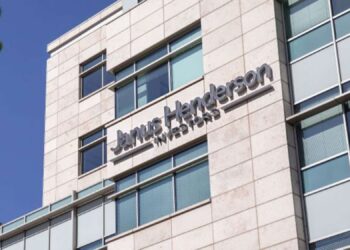Earnings at the big four banks are facing mounting pressure as a result of the COVID-19 pandemic, particularly to their asset quality and earnings.
However, Fitch Ratings said it believes they had a sufficient buffer to withstand a moderate deterioration.
All of the big four banks, NAB, ANZ, Westpac and the Commonwealth Bank, were currently rated as A+/negative/a+.
Profitability would remain under pressure for the next 18 months as net interest margins contracted across the banks. This reflected the reduction in interest rates and the increased level of lower-yielding liquid assets.
Measures by the Government meant economic conditions “appear to be somewhat better than we originally anticipated”, although impairment charges could continue to rise.
“Fitch expects the capital positions of the four major banks to remain relatively robust through the pandemic, reflecting substantial buffers that have been built up over the past decade,” it said.
“The banks reported either flat or increased common equity Tier 1 (CET1) ratios from the previous reporting period, ranging from 10.8% (Westpac) to 11.6% (CBA and NAB). This was assisted by a reduction in dividends or in some cases asset sales and capital raising activity.”





